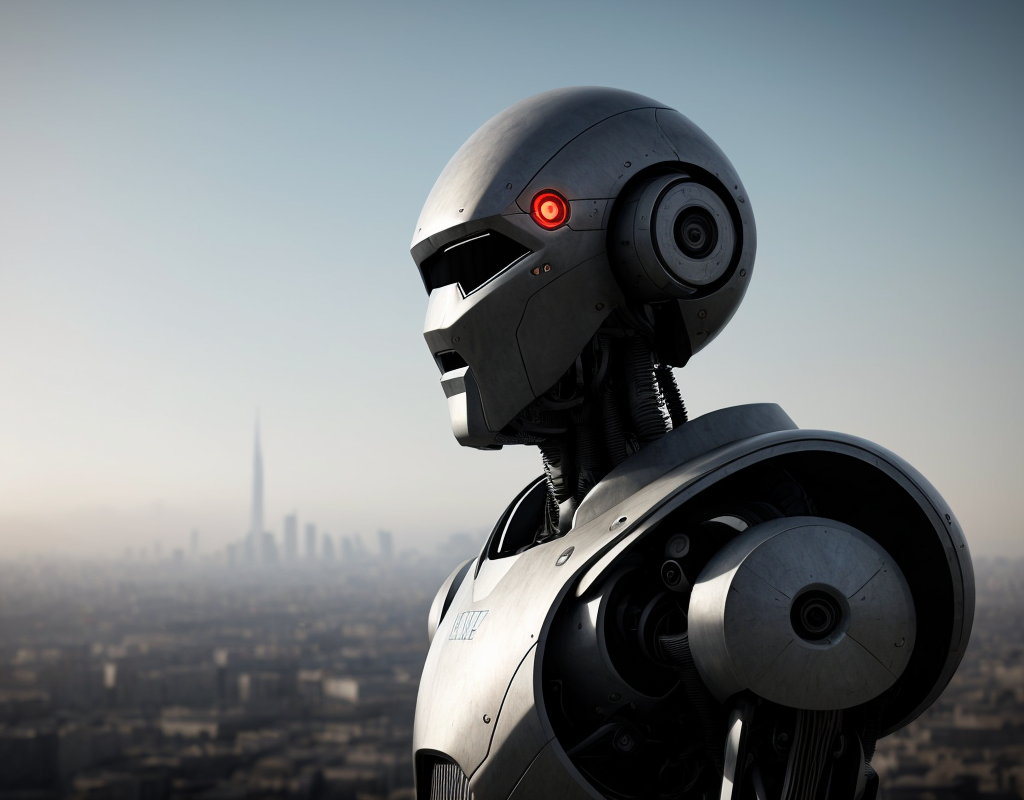
Artificial Intelligence (AI) has revolutionized countless
industries, but its rapid advancement has also opened new doors for cybercriminals.
In recent years, we’ve witnessed a disturbing trend: the emergence of
AI-powered cyberattacks. These attacks leverage sophisticated AI algorithms to
automate malicious activities, making them more efficient, targeted, and
difficult to detect. In this post, we’ll delve into the various ways AI is
being weaponized, the potential consequences, and strategies to defend against
these threats.
How AI is Enhancing Cyberattacks
- Automated
Phishing Attacks: AI-powered tools can analyze vast amounts of data to
craft highly personalized phishing emails, making them more likely to
deceive victims. - Enhanced
Malware Creation: AI algorithms can rapidly generate new, unique malware
variants, evading traditional detection methods. - Advanced
Social Engineering: AI-powered chatbots can engage in realistic
conversations, manipulating victims into divulging sensitive information. - Autonomous
Botnets: AI can coordinate large-scale botnet attacks, making them more
powerful and harder to stop. - Real-time
Threat Intelligence: AI can analyze vast amounts of data to identify
emerging threats and vulnerabilities in real-time.
The Dangers of AI-Powered Attacks
- Increased
Scale and Efficiency: AI-powered attacks can be launched at a massive
scale, causing widespread disruption. - Advanced
Evasion Techniques: AI can learn to adapt and evade security measures,
making it harder to defend against. - Targeted
Attacks: AI can be used to identify and target specific individuals or
organizations, making attacks more personalized and effective.
Defending Against AI-Powered Threats
- AI-Driven
Defense: Employ AI to detect and respond to AI-powered attacks, creating a
proactive defense. - Continuous
Training and Education: Keep your employees informed about the latest
threats and best practices to prevent social engineering attacks. - Robust
Security Measures: Implement strong security measures, including
multi-factor authentication, encryption, and regular patching. - Threat
Intelligence Sharing: Collaborate with other organizations to share threat
intelligence and stay ahead of emerging threats.
Conclusion
The rise of AI-powered cyberattacks presents a
significant challenge to cybersecurity professionals. By understanding how AI
is being used by attackers and implementing effective defense strategies,
organizations can mitigate the risks and protect their valuable assets. As AI
continues to evolve, it’s essential to stay informed and adapt to the changing
threat landscape.
Sources:

No responses yet